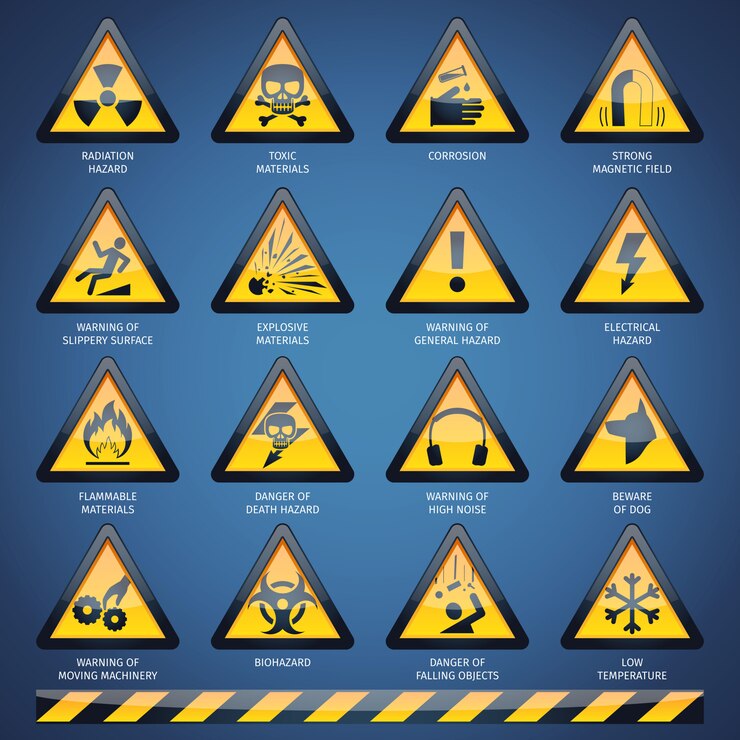In every workplace, safety is paramount. Whether you're in a construction site, an office building, or a manufacturing facility, the well-being of employees should always be a top priority. One of the most effective tools in ensuring a safe work environment is the strategic placement of safety signs. These signs serve as constant reminders of potential hazards and safety protocols, helping to prevent accidents and injuries. Let's delve into why safety signs are indispensable in the workplace and how they contribute to a culture of safety.
1. Hazard Identification: Safety signs are essential for identifying hazards and risks in the workplace. From slippery floors to high voltage areas, these signs warn employees and visitors about potential dangers they may encounter. By clearly marking hazardous areas, employees are more likely to exercise caution and follow safety procedures, reducing the likelihood of accidents.
2. Compliance with Regulations: Many industries are subject to strict safety regulations and standards enforced by governmental bodies. Safety signs play a crucial role in ensuring compliance with these regulations. Failure to display necessary safety signs can result in fines, legal penalties, and even closure of the workplace. By adhering to regulatory requirements, employers demonstrate their commitment to safeguarding the well-being of their workforce.
3. Emergency Preparedness: In times of crisis or emergencies, clear communication is vital. Safety signs provide crucial information on emergency exits, evacuation routes, and emergency equipment such as fire extinguishers and first aid kits. By familiarizing themselves with these signs, employees can act swiftly and decisively during emergencies, potentially saving lives and minimizing injuries.
4. Promoting Safety Awareness: Constant exposure to safety signs reinforces the importance of workplace safety. These signs serve as visual reminders, fostering a culture of safety within the organization. When safety becomes ingrained in the workplace culture, employees are more likely to proactively identify hazards, report safety concerns, and adhere to safety protocols.
5. Language and Cultural Diversity: In today's multicultural workplaces, clear and universally understood symbols and pictograms are essential for effective communication. Safety signs use symbols and colors to convey messages, making them accessible to individuals regardless of language or literacy level. This is particularly important in environments with diverse workforce demographics.
6. Minimizing Liability Risks: Employers have a legal obligation to provide a safe working environment for their employees. Failure to do so can result in costly lawsuits and reputational damage. By implementing comprehensive safety signage programs, employers demonstrate their commitment to safety and mitigate potential liability risks associated with workplace accidents.
Conclusion: In conclusion, safety signs are not just passive decorations in the workplace; they are crucial tools for protecting lives and promoting a culture of safety. By effectively utilizing safety signs to identify hazards, communicate emergency procedures, and promote safety awareness, employers can create safer and healthier work environments for their employees. Investing in robust safety signage programs is an investment in the well-being of both employees and the organization as a whole. Remember, when it comes to safety, there's no room for compromise.














